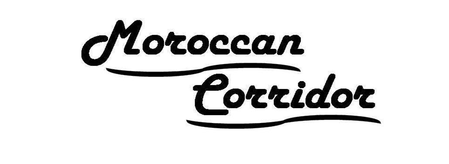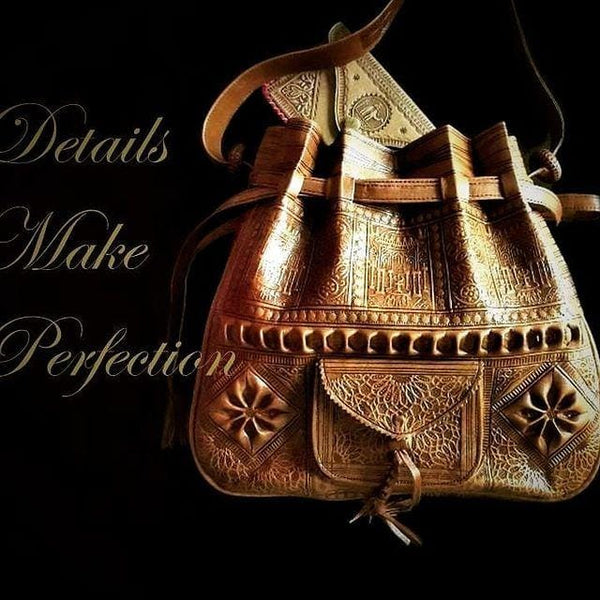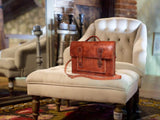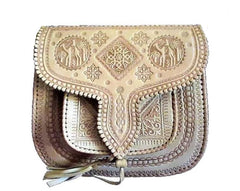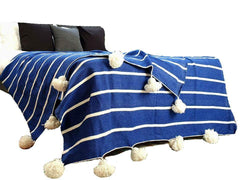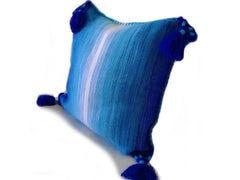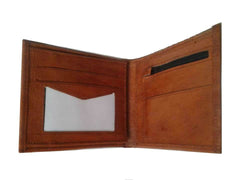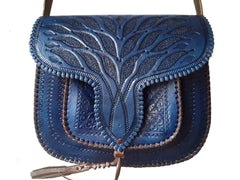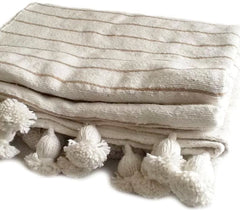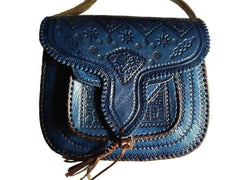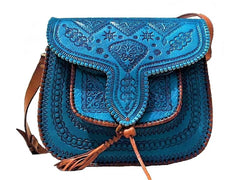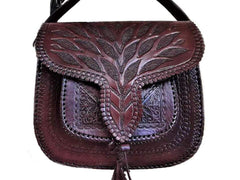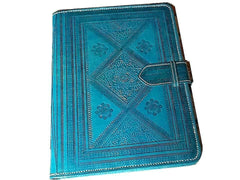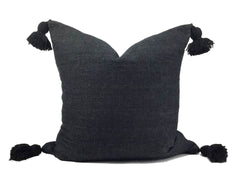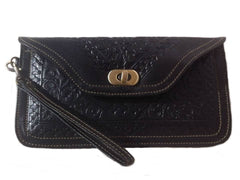In the age of overproduction, digital ubiquity, and in the face of the “climate emergency,” we see a growing counter-culture, a willingness to go back to our old values, to real things. We are more and more in search of authenticity, concrete, truth.
It is in this perspective that Moroccan Corridor was born, with the objective of highlighting the trades where you take the time, with real know-how! A know-how that involves long training, patience, perseverance and a lot of practice.

Looking through history, leather is a raw, natural, durable material. That's all we love about this noble material. We will see in this article what are the steps to make a functional bag to carry your laptop and various items.
0. Leather Making Process
All Traditional Moroccan Leather Products are made using Full Grain Leather Hides.
These, aren't Industrially processed leather hides, unlike Italian, German and Spanish. Meaning that they haven't had the surface buffed or sanded to remove any imperfections and therefore, using all its original grain and natural scars, scratches and bites instead, producing a more natural-looking hide.
Full Grain Leather is very durable and as it ages, creates a gorgeous patina over time that gives to your product an unique character that we personally love!
 Related article: Leather Goods: Making Process
Related article: Leather Goods: Making Process
1. First step: Patronage
The first step in creating a Moroccan Corridor piece is to complete a patronage. We draw our inspiration from our readings, from observing fashions, feedbacks and demands from our customers, historical models of workers. We then make a first drawing of the design, with the dimensions and dimensions. The drawing is then sent to the workshop. Their job is then to create the patterns of the bag (the templates) from the drawing. A template is made from cardboard for each piece of leather. This template allows us to have a first feedback on the shape of the bag in 3D. We then make small modifications (on certain details, on the volumes of the bag, etc.). Each bellows, each strap, each pocket is then named and numbered. The model maker then identifies each location of the rivet, the seam on the different templates.
2. Second step: Choosing leather
Choosing the right leather is an art. You must choose leather that is both beautiful and functional. Leather comes in many different forms. It can be rigid or flexible, smooth or grained, of different thicknesses and of different colors. We use Moroccan sheep skin, goat skin or cowhide.
3. Third step: Choosing hardware
Beautiful pieces of hardware like buckles or rivets can make all the difference in the style of a bag. We love brass and silver because they go very well with our Honey, Chocolate and Black colored leathers.
4. Fourth step: Cutting
Once the design of the bag and the templates are validated, a welder makes a cookie cutter which will allow the leather to be cut using a press. For the prototypes the parts are cut using a sharp knife and a steel ruler after the template is transferred to the leather using a scratching punch. The main cutting tools used are the shoemaker's knife, ratchet knife or scalpel.
5. Step five: Embossing
Embossing is the most critical and artistic phase in the handbag making process for Moroccan Corridor.

The Moroccan Corridor logo is finally embossed on the leather using a press.

6. Step six: Assembly
To sew by hand through a thick material such as leather, you should normally use an awl which allows the leather to be stitched. The holes must be made with precision to get a clean stitch line. Once the holes have been made, the pieces are glued to hold them together when sewing. The quality of the hand stitching is the key to the finish of custom leather bags. A beautiful sewing stitch is a real sign of authentic craftsmanship that you cannot achieve using a machine. Hand sewing involves threading two needles on a length of waxed thread, then threading the thread through the pre-drilled holes to secure the stitch. The Jack of Spades pieces are machine-sewn. With a decorative angled seam, reminiscent of the saddle stitch. This is the same technique that is used for leather goods at Hermes.
7. Seventh step: The finishes
After sewing, it's the final touch-up stage. This can include adding rivets to reinforce the angles, smoothing the edges and edge staining to make the piece even more elegant. Leatherworking takes patience, perseverance and a lot of practice. But let's remember above all that leather can often surprise you even beyond your expectations ...
